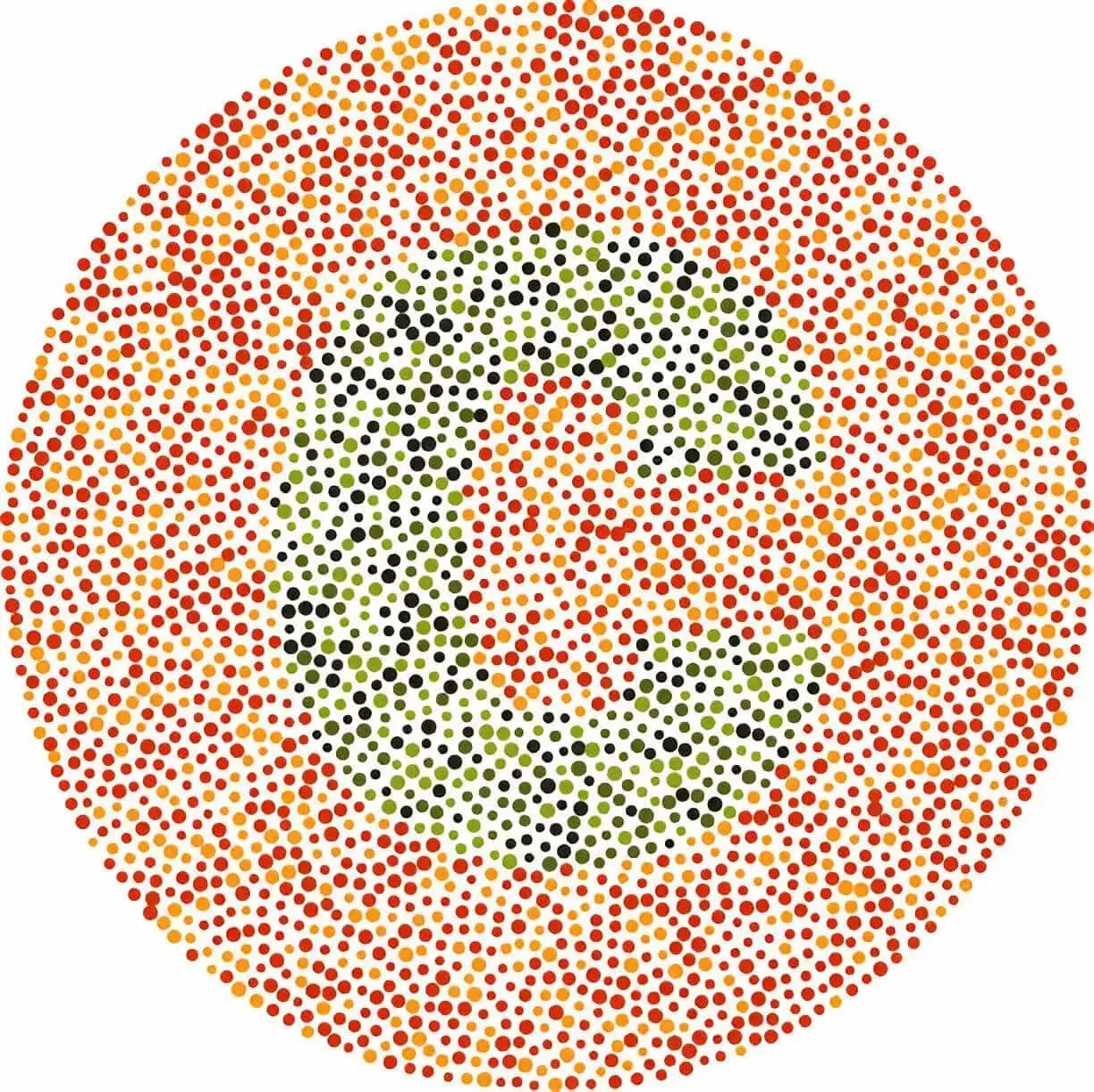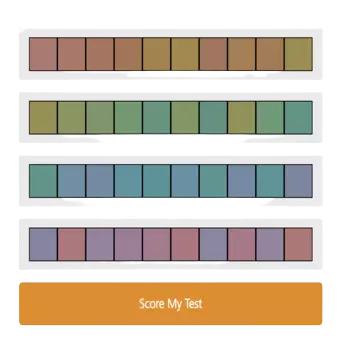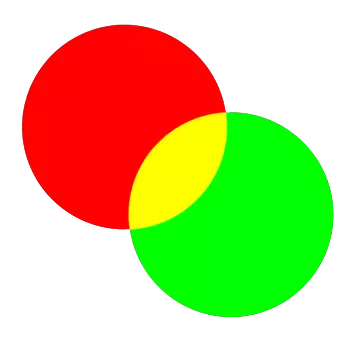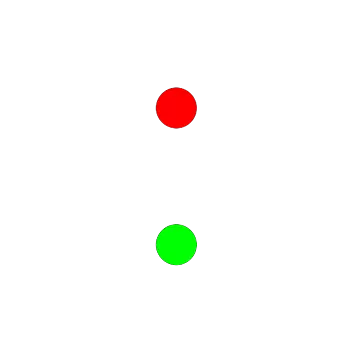COLOR BLIND TEST
The test offers the best way to detect your color blindness by asking quick real-time questions. You have to identify the number on the Ishihara plates and submit your answer within 3 seconds. For a good result, please take care of the below things before starting the test:
- Give test without wearing any glasses or lenses.
- Increase your device (Phone/Tablet/PC) brightness for better vision.
- Complete all slides as shown in the test, and at the end, you will get the report of your test result.
RELATED TESTS
WHAT IS COLOUR BLINDNESS TEST?
Color blindness is mostly a common vision condition affecting lots of people in the world. It does not mean that all color blinded people see the world in only shades of grey color. Sometimes, people with this condition saw colors differently.
In this scenario, you saw colors differently than most people in the world, making it hard to differentiate between various colors.
The color blind condition is usually get from family members, and while there is no cure for color blindness, special contact lenses and colored glasses may help improve colors.
Try this Color Blind Test to get accurate and detailed results.

WHAT ARE THE TYPES OF COLOUR BLINDNESS?
There are three main types of color blindness:
1. Red-Green Type
This is the most common type, which makes it difficult to distinguish between red and green colors.

There are 4 main subtypes of red-green type:
-
Deuteranomaly:- It is the most common type of red-green color blindness. Generally people with this condition have problem telling the difference between green and red color, often making green appear more like red. This can make it difficult to distinguish certain shades of green from red or brown.a and Deuteranopia: Complete inability to distinguish between red and green.
-
Protanomaly:- It's a type of color blindness where people have difficulty in differentiating red colors. Red may appear more like greenish and less vibrant as compared to red, making it harder to differentiate between certain shades of red and green.
-
Protanopia and Deuteranopia are both forms of red-green color blindness, where individuals are unable to distinguish between red and green at all. In these conditions, both colors may appear similar, often leading to confusion as they may look like shades of gray or a dull, indistinct color.
2. Blue-Yellow Type

This type makes it harder to distinguish between yellow & red and blue & green.
There are two subtypes of blue-yellow type:
-
Tritanomaly: Tritanomaly is a type of color blindness where people have trouble distinguishing between yellow and red, as well as blue and green. This condition affects the perception of these colors, making them appear more similar or harder to differentiate.
-
Tritanopia is a rare form of color blindness where individuals have difficulty distinguishing between yellow and pink, blue and green, and purple and red. In addition to this, colors may appear less vibrant or dull under normal lighting conditions.
What Are the Symptoms of Color Blindness?
Color blindness primarily affects how people perceive colors. The most noticeable symptom is difficulty in distinguishing colors the way most people do. Individuals with color blindness might struggle with the following:
Difficulty telling the difference between certain colors, such as red and green or blue and yellow.
Reduced ability to perceive the brightness of colors, which may make them appear faded or dull.
Challenges in recognizing different shades of the same color, making it hard to differentiate between light and dark variations.
In many cases, symptoms are subtle, and people might not realize they have color blindness until they take a color blind test.
In more severe cases, additional symptoms may occur, such as involuntary eye movements (nystagmus) or increased sensitivity to light, which can further impact vision.
Color blindness affects men more frequently than women. You may be at higher risk for color blindness if you meet any of the following conditions:
Have a family history of color blindness.
Experience eye conditions such as macular degeneration (AMD) or glaucoma.
Have underlying health conditions, including Alzheimer's disease, multiple sclerosis (MS), or diabetes.
If you suspect you have color blindness or are experiencing vision difficulties, it’s important to consult with a healthcare provider for proper diagnosis and advice. In the meantime, you can explore online tools like the Ishihara test to gain a better understanding of your color vision.
WHAT IS THE TREATMENT OR CURE?
There is no permanent cure for inherited color blindness, but many people adapt with the help of assistive tools such as special glasses and contact lenses. Kids with color blindness may need help in class, while adults may face challenges in certain professions.

If your color blindness is interfering with daily activities, you may benefit from specialized glasses or apps that help with color identification.
Special glasses and contact lenses may help people distinguish colors.
Technology, apps, and visual aids can assist in color identification. For example, some apps allow you to take a photo and identify the color of a specific area in the image.
DISCLAIMER
The information provided by this color blindness test is for informational purposes only and is not intended to replace professional medical advice, diagnosis, or treatment. If you suspect you may have color blindness, please consult an eye care professional for a comprehensive examination and diagnosis.
We do not guarantee the accuracy or completeness of the results, and the test should be used as a supplementary tool in understanding your color vision.














